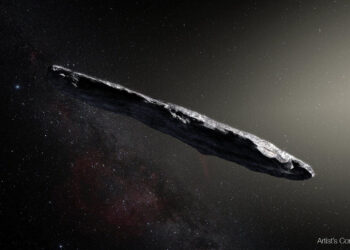Millions of miles afar, comets dot the night’s sky leaving an unmistakable trail of dust, gas and ice. In 2014, Rosetta’s Philae probe landed on a comet — a monumental achievement in space exploration — documenting the inner workings, chemical composition and structure of these fascinating cosmic bodies. Among others, we now know the 67P/Churyumov–Gerasimenko comet has sinkholes or holds primordial oxygen. Now, researchers revealed a more familiar curiosity: what dust particles on a comet look like.
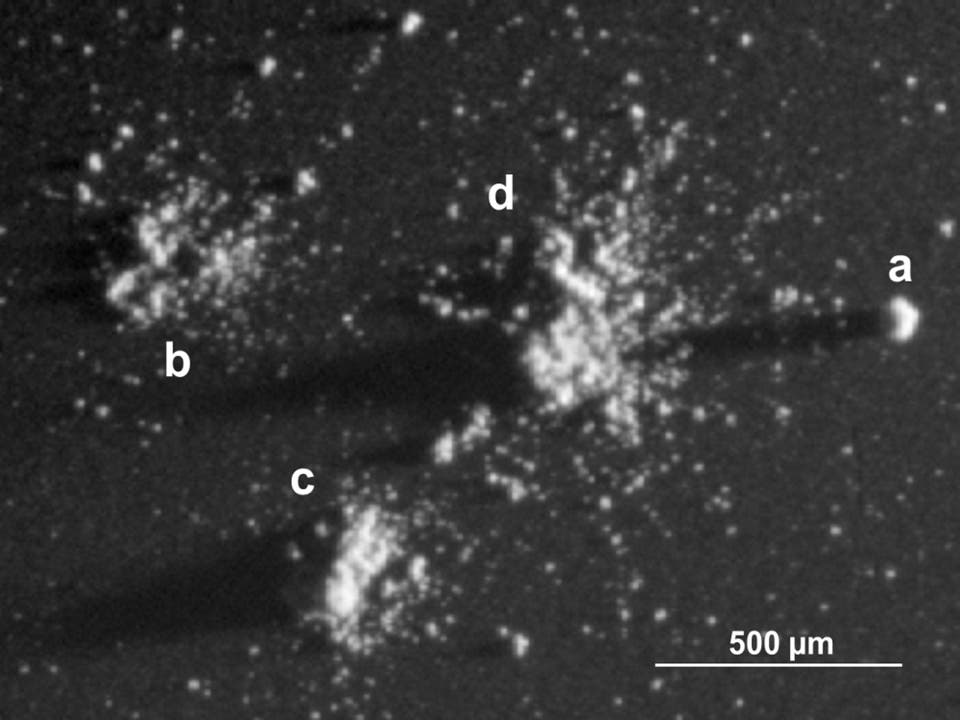
Dust grains were collected between 1 August 2014 – 3 April 2015 across nine 1 cm^2 targets and analyzed using the COSIMA instrument onboard Rosetta. The team led by Yves Langevin of the Institut d’Astrophysique Spatiale at CNRS/University of Paris-Sud, France, characterized the grains by appearance complexity and particle strength.
These images reveal particles from the comet are very diverse in scales ranging from a few 10s of micrometers (μm) to several 100 μm. In general, the dust families can be divided into compact particles or clusters, with the cluster group further subdivided into shattered clusters, glued clusters and rubble piles.
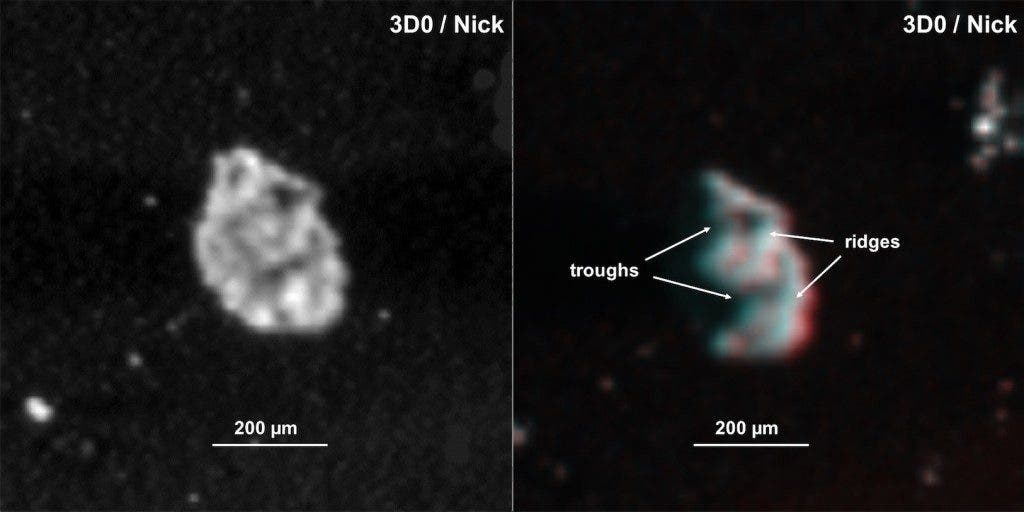
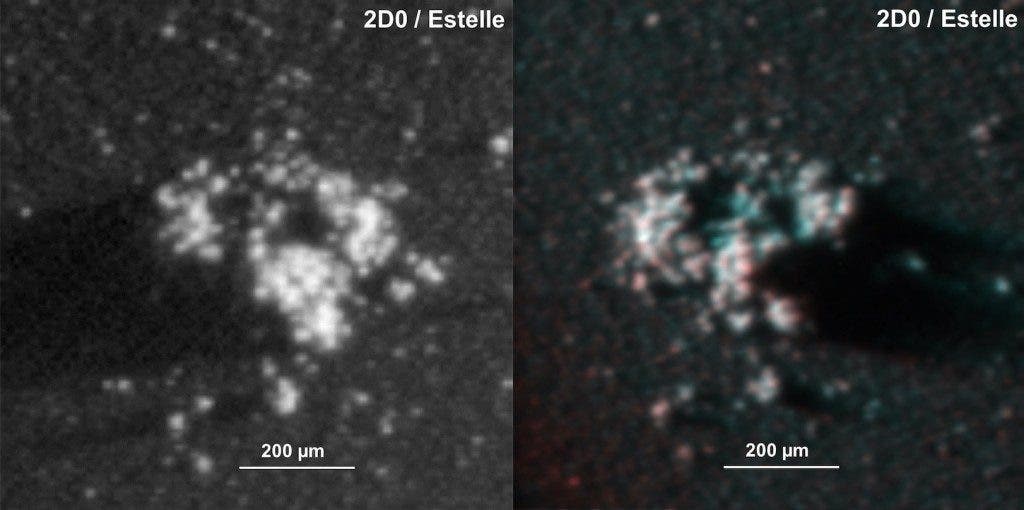
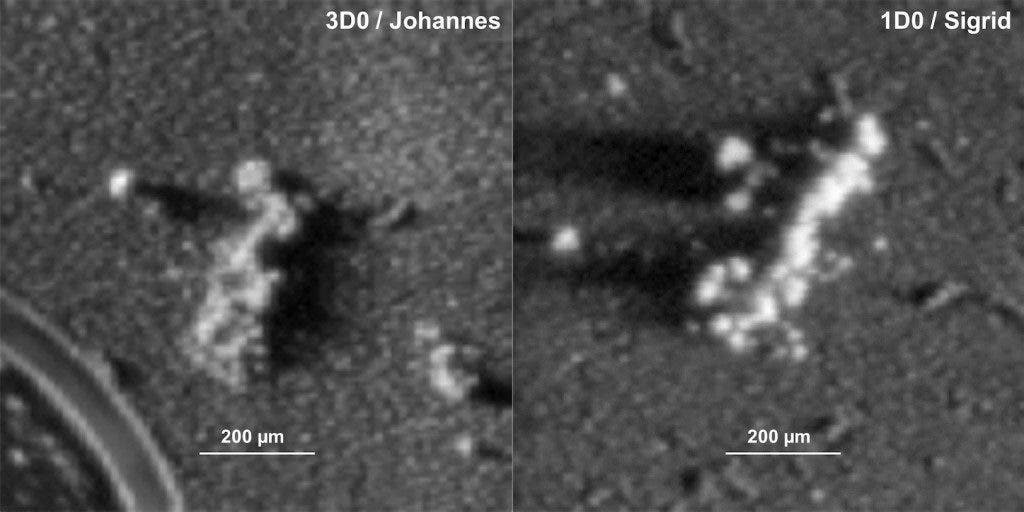
Reference: “Typology of dust particles collected by the COSIMA mass spectrometer in the inner coma of 67P/Churyumov-Gerasimenko” by Y. Langevin et al is published in the journal Icarus.



